How To Sharpen A Knife With A Whetstone
- January 30, 2024
- 0 comment
Mastering the art of knife sharpening with a stone is not just about maintaining the functionality of your blade; it’s about embracing an age-old tradition that honors the craftsmanship behind every cut. A sharp knife is more than a tool; it’s a chef’s trusted partner in the kitchen and a craftsman’s loyal ally in their trade. This comprehensive guide aims to demystify the process of knife sharpening, providing a deeper understanding of the materials, techniques, and nuances involved in achieving that perfect edge.
Materials Needed
Before you begin sharpening your knife with a stone, gather the following materials:
Sharpening Stone
Often made from materials like diamond, ceramic, or various natural stones. They come in different grits, ranging from coarse to fine.
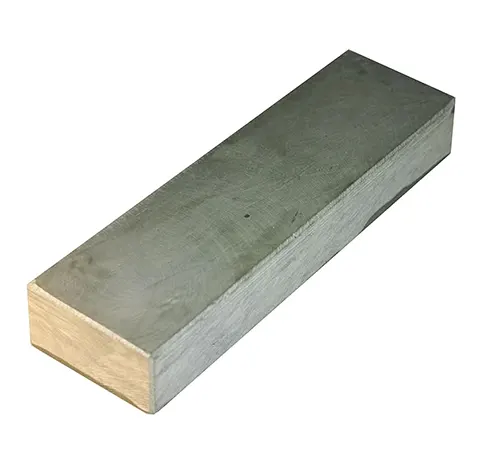
Lubricant
Water or honing oil, depending on the type of stone.
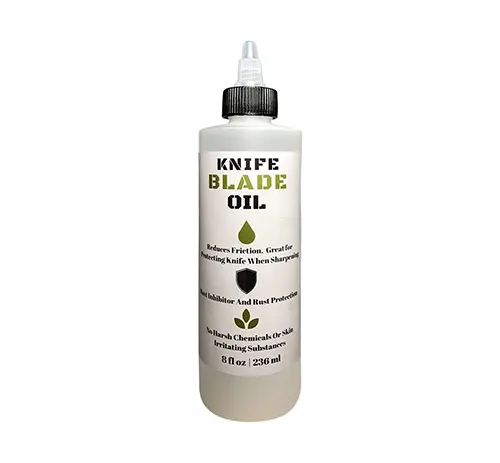
Knife
The blade you intend to sharpen

Towel or Nonslip Mat
To keep the stone stable during the sharpening process
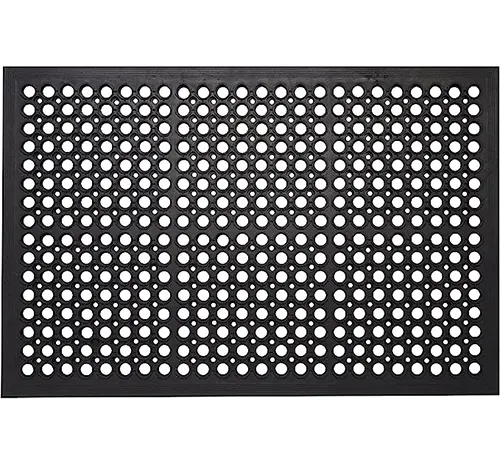
Preparation Steps
- Choosing the Right Stone: Assess the condition of your blade. If it’s significantly dull or has nicks, a coarse stone is necessary to reshape the edge. For regular upkeep, a medium or fine stone will suffice.
- Lubricating the Stone: Proper lubrication is crucial. Soak water stones as per manufacturer recommendations. Apply honing oil evenly on oil stones. Diamond stones can be used dry but occasionally require water to remove the metal filings.
- Securing the Stone: Place the stone on a stable, non-slip surface. This ensures safety and allows for consistent sharpening strokes.
- Understanding the Angle: The angle between the blade and the stone is critical. Most Western knives perform best at a 20-degree angle, while Japanese knives excel at a sharper 15-degree angle. Angles can be eyeballed, or angle guides can be used for precision.
Step-by-Step Guide
Follow these steps to sharpen your knife using a stone:
Step 1: Prepare the Stone
If you are using a water stone, soak it in water for about 10-15 minutes before use. If you have an oil stone, apply a few drops of honing oil to the surface of the stone.
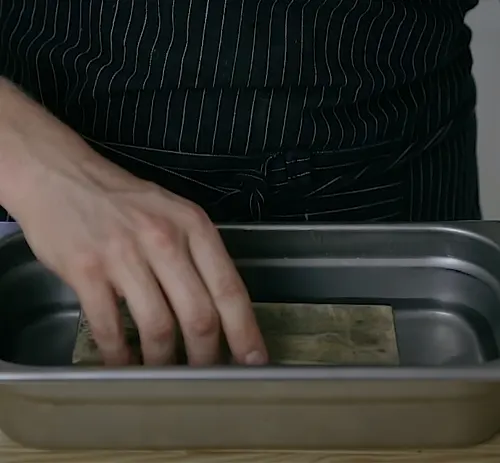
Step 2: Secure the Stone
Place the stone on a nonslip mat or a towel to prevent it from moving during the sharpening process.
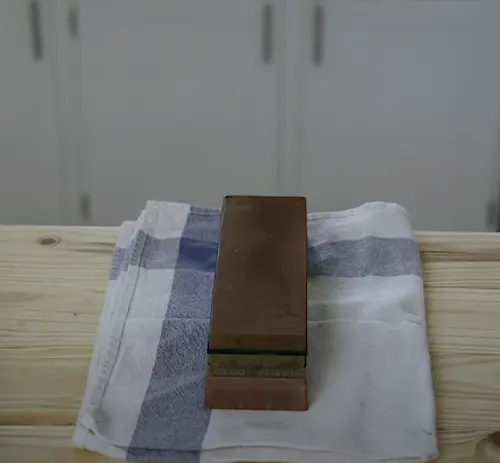
Step 3: Angle the Blade
Hold the knife at a consistent angle against the stone. The angle will depend on the type of knife; for most kitchen knives, a 15-20 degree angle is suitable.
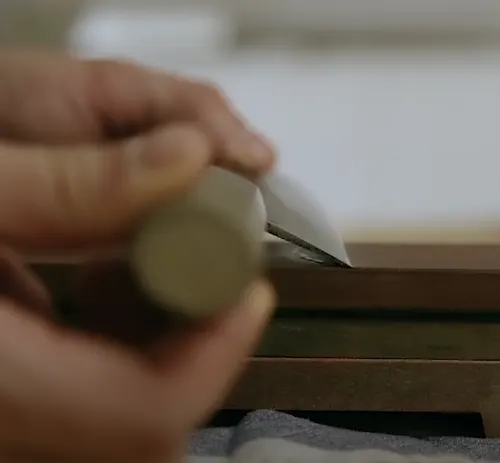
Step 4: Start Sharpening
With the blade edge facing away from you, place the heel of the blade at the top of the stone. Using moderate pressure, draw the entire edge of the blade down the stone in a sweeping arc, maintaining the angle.
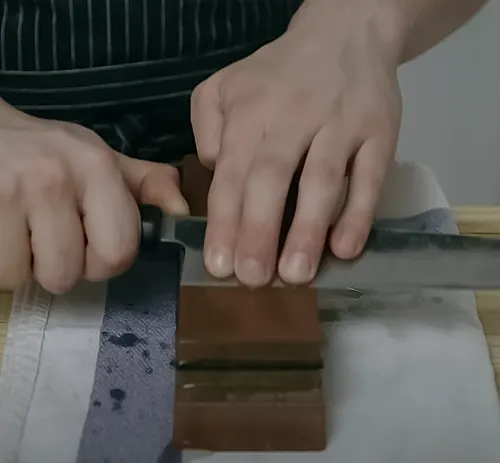
Step 5: Repeat on the Other Side
Flip the knife over and repeat the process on the other side of the blade, ensuring an equal number of strokes on each side to maintain even sharpness.
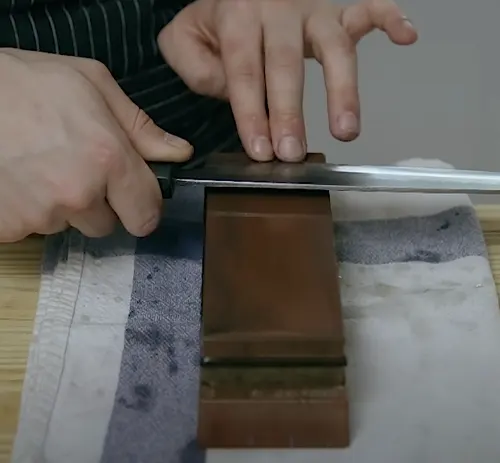
Step 6: Test the Edge
After several strokes on each side, test the sharpness of the blade by gently running your finger along the edge. Be cautious to avoid cutting yourself.
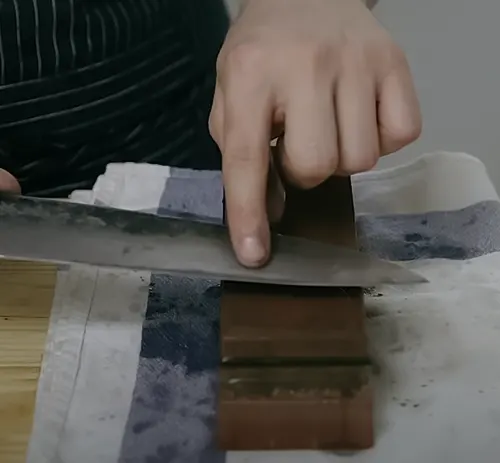
Step 7: Testing Sharpness
Test the blade’s sharpness on paper or a ripe tomato. A well-sharpened knife should cut through effortlessly with minimal pressure.
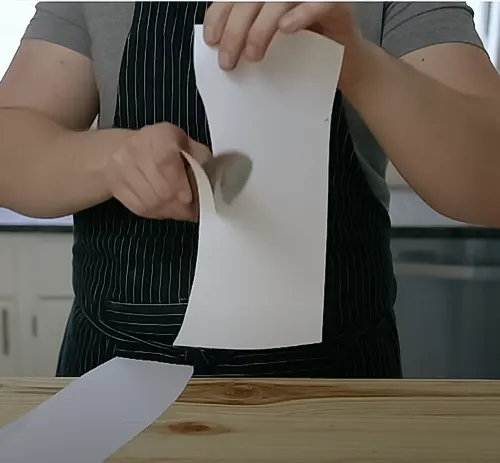
Knife Sharpening Safety Tips
When it comes to sharpening knives, safety is paramount. The process involves handling sharp blades and tools, and if not done cautiously, it can lead to accidents. Here are some essential safety tips to ensure that your knife sharpening experience is both effective and safe:
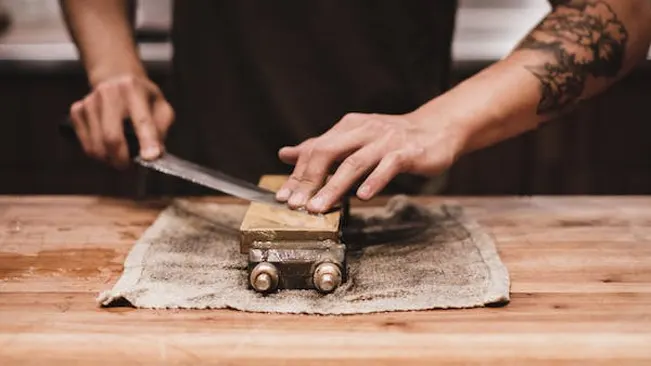
- Prepare Your Workspace: Choose a stable and well-lit workspace. Ensure that the surface is non-slip and that your sharpening stone is securely anchored. A stable environment helps prevent the stone and knife from slipping during the sharpening process.
- Use Proper Tools: Always use the correct tools for sharpening. Make sure your whetstone is suitable for the type of knife you are sharpening and that any other tools, like angle guides or honing rods, are in good condition.
- Handle with Care: Always hold the knife by the handle, never by the blade. Keep your fingers away from the edge of the blade, especially when the knife is in motion or when inspecting the sharpness.
- Maintain a Consistent Angle: Use a consistent angle while sharpening to avoid applying uneven pressure or slipping. This not only ensures a sharper edge but also minimizes the risk of the knife sliding off the stone and causing injury.
- Focus and Awareness: Sharpening requires your full attention. Distractions can lead to mistakes, so ensure you’re focused on the task. Be mindful of where your fingers and hands are at all times relative to the blade.
- Apply Appropriate Pressure: Use only as much pressure as needed—too much force can cause the knife to slip or result in an uneven edge. Let the stone do the work, and apply gentle, consistent pressure.
- Inspect Your Equipment: Before starting, inspect your sharpening stone and knife for any damage. A cracked stone or a damaged knife can lead to accidents.
- Test Sharpness Safely: After sharpening, test the knife’s edge on a piece of paper or a designated tester, not by running your finger along the edge. This prevents accidental cuts.
- Clean Up Carefully: After sharpening, carefully clean the stone and the knife. Wipe away any metal filings or residue from the stone and clean the blade from heel to tip, not edge to tip, to avoid accidental cuts.
- Proper Storage: Store knives in a knife block, sheath, or a designated storage area after sharpening. Proper storage not only preserves the sharpness of the knife but also prevents accidents.
- First Aid Preparedness: Even with all precautions, accidents can happen. Keep a first aid kit nearby and know basic first aid procedures for cuts or abrasions.
By following these safety tips, you can ensure that your knife sharpening process is not only successful in keeping your blades sharp but also safe and free from accidents.
Conclusion
Sharpening a knife with a stone may seem daunting at first, but with practice, it can become a meditative and rewarding process. Not only does it enhance the performance of your blade, but it also connects you to a traditional craft honed by generations of craftsmen and chefs alike. So, next time your knife starts to dull, don’t hesitate to reach for the stone and refine your sharpening skills.
FAQs
- What is a whetstone and how does it differ from other sharpening tools?
A whetstone, also known as a sharpening stone, is a block of abrasive material used to sharpen and hone the edge of a knife. Unlike electric sharpeners or honing steels, whetstones offer a more controlled and refined sharpening process, allowing for precision in achieving the desired blade angle and sharpness. - Do I need to soak all types of whetstones before use?
It depends on the type of whetstone. Water stones require soaking in water for a certain period before use to ensure the stone’s surface is properly lubricated. Oil stones use honing oil instead of water and do not require soaking. Diamond stones, on the other hand, can be used dry, though some may prefer to use water to help remove metal filings. - How do I find the right angle to sharpen my knife on a whetstone?
The angle depends on the type of knife and its intended use. Most Western knives are sharpened at a 20-degree angle, while Japanese knives are typically sharpened at a 15-degree angle. You can use an angle guide to maintain consistency, or you can estimate the angle by visualizing the blade’s edge in thirds and aligning it to two-thirds of the height. - How do I know when to switch from a coarse grit to a finer grit stone?
Switch from a coarse grit to a finer grit when you’ve formed a consistent burr along the edge of the blade on both sides. A burr is a small fold of metal that forms on the side opposite the one you’re sharpening, indicating that the edge has been ground evenly and it’s time to refine the edge with a finer grit. - Can I sharpen serrated knives or scissors with a whetstone?
Whetstones are ideal for straight-edge knives. Serrated knives and scissors require a different approach, typically using a rod-shaped sharpener to get into the serrations or a specialized scissor sharpener. - How often should I sharpen my knives with a whetstone?
The frequency depends on how often you use your knives and what you’re cutting. Generally, for regular home use, sharpening your knives every few months is sufficient. However, if you notice your knife struggling to cut or requiring more force, it’s time to sharpen it. - How do I maintain my whetstone and ensure its longevity?
After each use, clean your whetstone with water and a gentle brush to remove metal filings and residue. Allow it to dry completely before storing. Store your whetstone in a dry place away from extreme temperatures. Flattening the stone periodically ensures an even surface for sharpening. - What should I do if my whetstone becomes uneven over time?
An uneven whetstone can be flattened using a flattening stone or sandpaper placed on a flat surface. Rub the whetstone against the flattening stone or sandpaper in a circular motion until it’s evenly flat. - Is it necessary to use honing steel after sharpening with a whetstone?
While not strictly necessary, using honing steel after sharpening can help realign any micro-teeth on the knife’s edge, resulting in a smoother and sharper finish. However, this step is more about maintenance between sharpening sessions. - Can using a whetstone damage my knives if not done correctly?
Incorrect use of a whetstone, such as applying inconsistent pressure or using an incorrect angle, can lead to uneven sharpening or damage to the blade’s edge. It’s important to learn the proper technique and practice to ensure the best results and avoid damaging your knives.

Arthur Grant
With a profound expertise in all kinds of knives and a specialized focus on knife sharpening, I've established myself as a leading figure in the knife community. My journey began with a keen interest in the multifaceted world of knives, spanning from culinary masterpieces to tactical tools. This passion led me to explore and master the art and science of knife sharpening, blending age-old techniques with cutting-edge methods to ensure optimal performance of every blade. My commitment to sharing this wealth of knowledge led to the creation of a dedicated blog, where I engage with a community of knife enthusiasts. Through this platform, I offer a wealth of resources including detailed reviews, insightful tutorials, and the latest in knife trends and innovations. My aim is to educate and inspire, providing valuable information on the proper care, maintenance, and usage of knives, catering to both professionals and hobbyists alike.

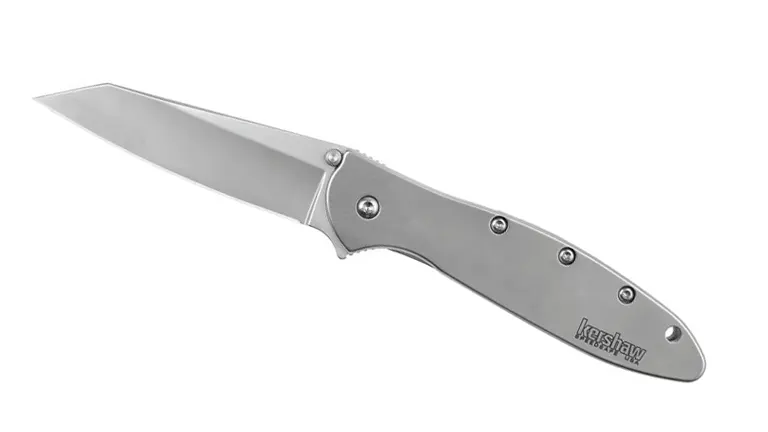
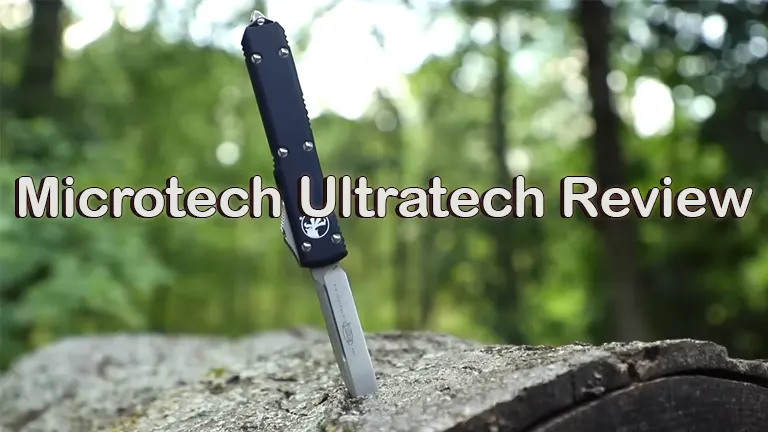
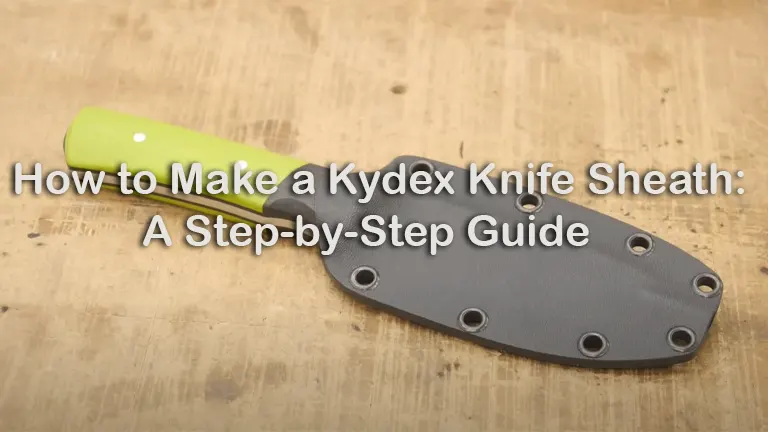
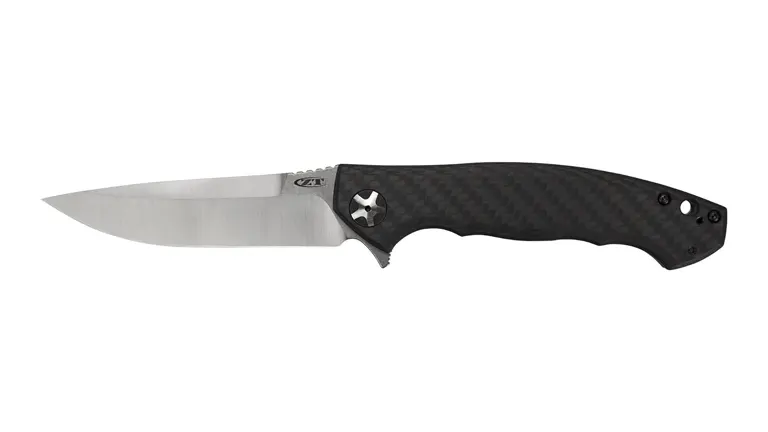



Leave your comment